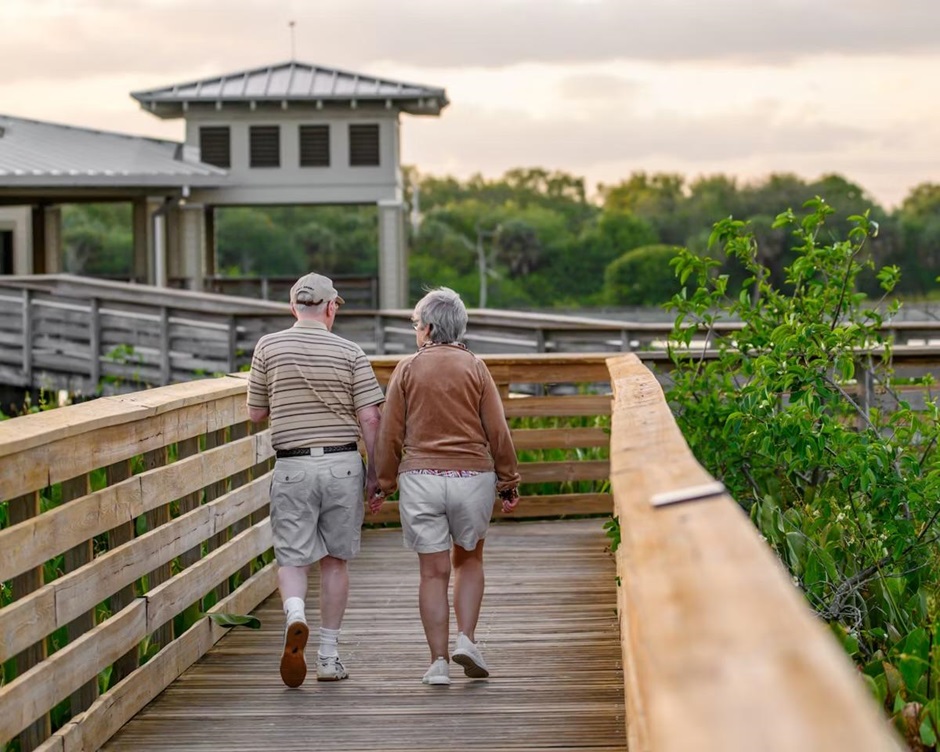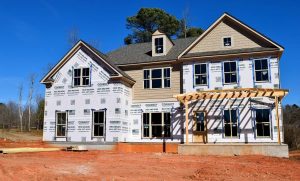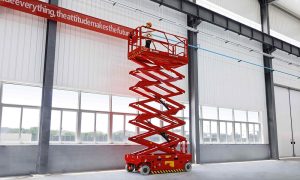
Designing and constructing a senior living facility requires thoughtful planning and specialized knowledge. A well-designed senior living environment promotes comfort, safety, and community for its residents, making it essential to consider specific factors that cater to the needs of older adults.
Here are five critical aspects to consider to ensure a senior living facility is both functional and welcoming.
1. Prioritize Accessibility and Safety Features
Safety and accessibility are the foundation of any senior living facility. The building should be designed with wider doorways, ramps, and handrails to accommodate those who may use wheelchairs, walkers, or other mobility aids. Non-slip flooring, well-lit hallways, and accessible bathrooms with grab bars are essential safety measures.
Additionally, emergency call buttons should be conveniently placed in key areas, allowing residents to quickly request assistance if needed. By prioritizing these features, you create an environment where seniors feel secure and empowered to move independently.
2. Hire Builders Specialized in Senior Living Building
Constructing a Senior Living Building is not the same as constructing a standard residential or commercial building. It requires a team of builders who understand the unique needs of seniors and have experience with similar projects. These specialists can bring valuable insight into designing with an emphasis on accessibility, compliance with regulations, and creating a comfortable, home-like atmosphere.
Builders with expertise in senior living facilities also understand the importance of incorporating specific structural and safety elements tailored to elderly care, which helps prevent future issues and ensures the space serves its intended purpose effectively.
3. Focus on Creating a Community-Oriented Layout
A senior living facility should foster a sense of community among residents. To achieve this, it’s essential to design common spaces that encourage social interaction. Comfortable lounges, communal dining areas, and recreational rooms provide opportunities for residents to gather, engage in activities, and form friendships.
Additionally, outdoor spaces like gardens, walking paths, and seating areas promote both physical activity and relaxation. Creating a community-oriented layout not only enhances the residents’ social experience but also positively impacts their mental and emotional well-being.
4. Buy Precast Stone for Durability and Aesthetic Appeal
Incorporating precast stone into the building’s construction can provide both durability and visual appeal. If you Buy Precast Stone it adds versatility and helps buildings withstand weather conditions and requires minimal maintenance, making it ideal for long-term use.
It also offers a timeless aesthetic that can add elegance to the exterior of the facility, creating a warm, inviting environment that residents and visitors will appreciate. Furthermore, because precast stone is manufactured in a controlled setting, it ensures consistency in quality, which can contribute to the facility’s overall longevity and appeal.
5. Consider Sustainable and Energy-Efficient Design
Sustainability is an increasingly important consideration in modern construction, and senior living facilities can benefit from energy-efficient design. Features like solar panels, energy-efficient windows, and LED lighting reduce operational costs over time, benefiting both the facility and its residents.
Additionally, green building materials and efficient HVAC systems contribute to a healthier environment by reducing allergens and providing cleaner indoor air. Not only does this approach support environmental goals, but it also aligns with residents’ growing preferences for sustainable practices, further enhancing their comfort and satisfaction.






